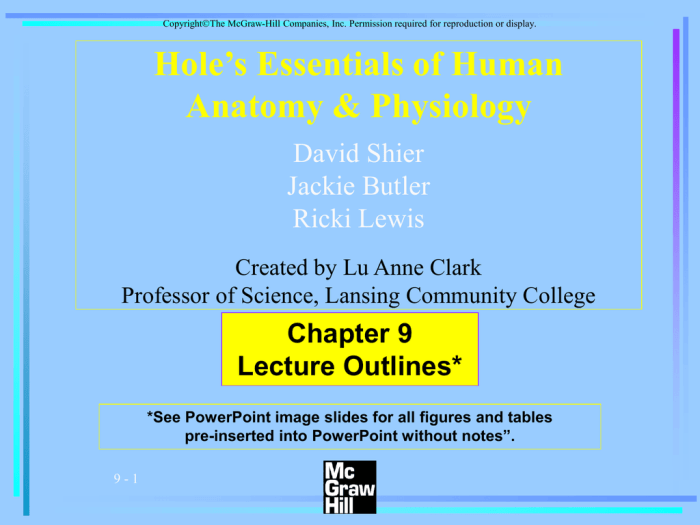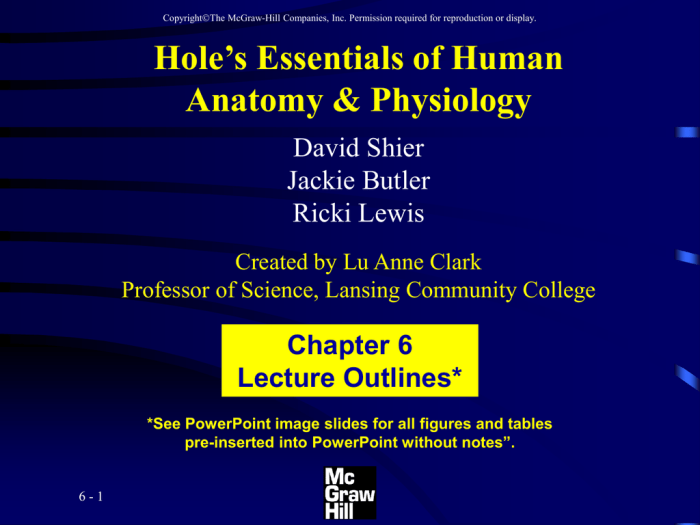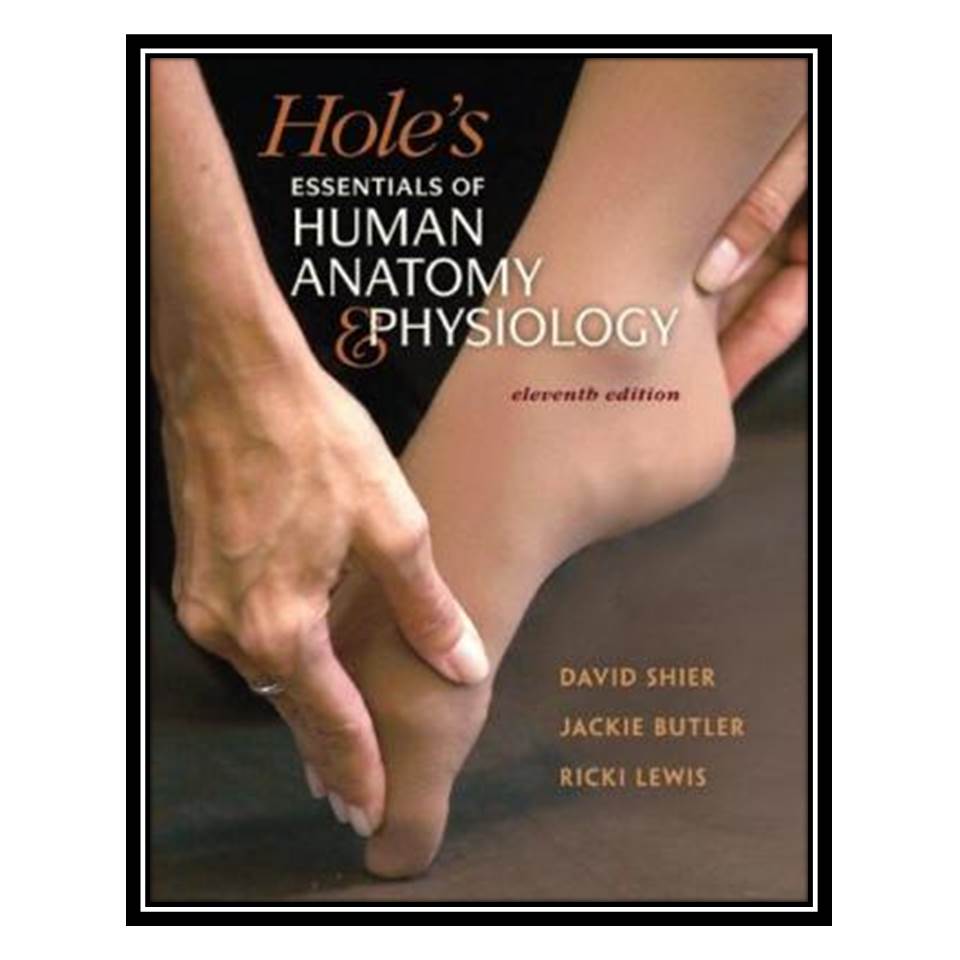Introducing Holes Essentials of Human Anatomy and Physiology, an authoritative guide that unveils the complexities of the human body. This comprehensive resource empowers readers with an in-depth understanding of the body’s anatomical regions, basic tissues, and major systems, providing a solid foundation for further exploration in healthcare and life sciences.
From the intricate network of the nervous system to the vital processes of the cardiovascular system, this book unravels the mysteries of human physiology. It explores the structure, function, and interconnections of each system, equipping readers with a holistic perspective of the human body’s remarkable design.
Anatomical Regions of the Human Body

The human body is divided into several anatomical regions, each with specific structures and functions. These regions are defined by planes of the body, which are imaginary lines that divide the body into sections. The three main planes are the sagittal plane, which divides the body into left and right halves; the coronal plane, which divides the body into front and back halves; and the transverse plane, which divides the body into upper and lower halves.
Major Anatomical Regions, Holes essentials of human anatomy and physiology
| Region | Description |
|---|---|
| Head | Contains the brain, eyes, ears, nose, and mouth. |
| Neck | Connects the head to the body and contains the trachea, esophagus, and major blood vessels. |
| Thorax | Contains the heart, lungs, and major blood vessels. |
| Abdomen | Contains the stomach, intestines, liver, pancreas, and other digestive organs. |
| Pelvis | Contains the bladder, reproductive organs, and rectum. |
| Upper Limbs | Include the arms, forearms, and hands. |
| Lower Limbs | Include the thighs, legs, and feet. |
Basic Tissues of the Human Body

The human body is composed of four basic types of tissues: epithelial tissue, connective tissue, muscle tissue, and nervous tissue. Each type of tissue has a specific structure and function.
Types of Basic Tissues
| Tissue Type | Structure | Function |
|---|---|---|
| Epithelial Tissue | Thin layer of cells that covers the body’s surfaces and lines internal organs. | Protection, secretion, and absorption. |
| Connective Tissue | Supports and connects other tissues. | Provides strength, flexibility, and protection. |
| Muscle Tissue | Cells that contract to produce movement. | Movement, posture, and heat production. |
| Nervous Tissue | Specialized cells that transmit electrical signals. | Communication, coordination, and control. |
FAQ Resource: Holes Essentials Of Human Anatomy And Physiology
What is the primary focus of Holes Essentials of Human Anatomy and Physiology?
This book provides a comprehensive overview of the human body’s anatomical regions, basic tissues, and major systems, including their structure, function, and interconnections.
Is this book suitable for both students and healthcare professionals?
Yes, the book is designed to cater to the needs of students, healthcare professionals, and anyone seeking a thorough understanding of human anatomy and physiology.
What sets this book apart from other anatomy and physiology resources?
Holes Essentials of Human Anatomy and Physiology stands out with its clear explanations, engaging illustrations, and accessible language, making it an ideal companion for both academic and professional pursuits.
